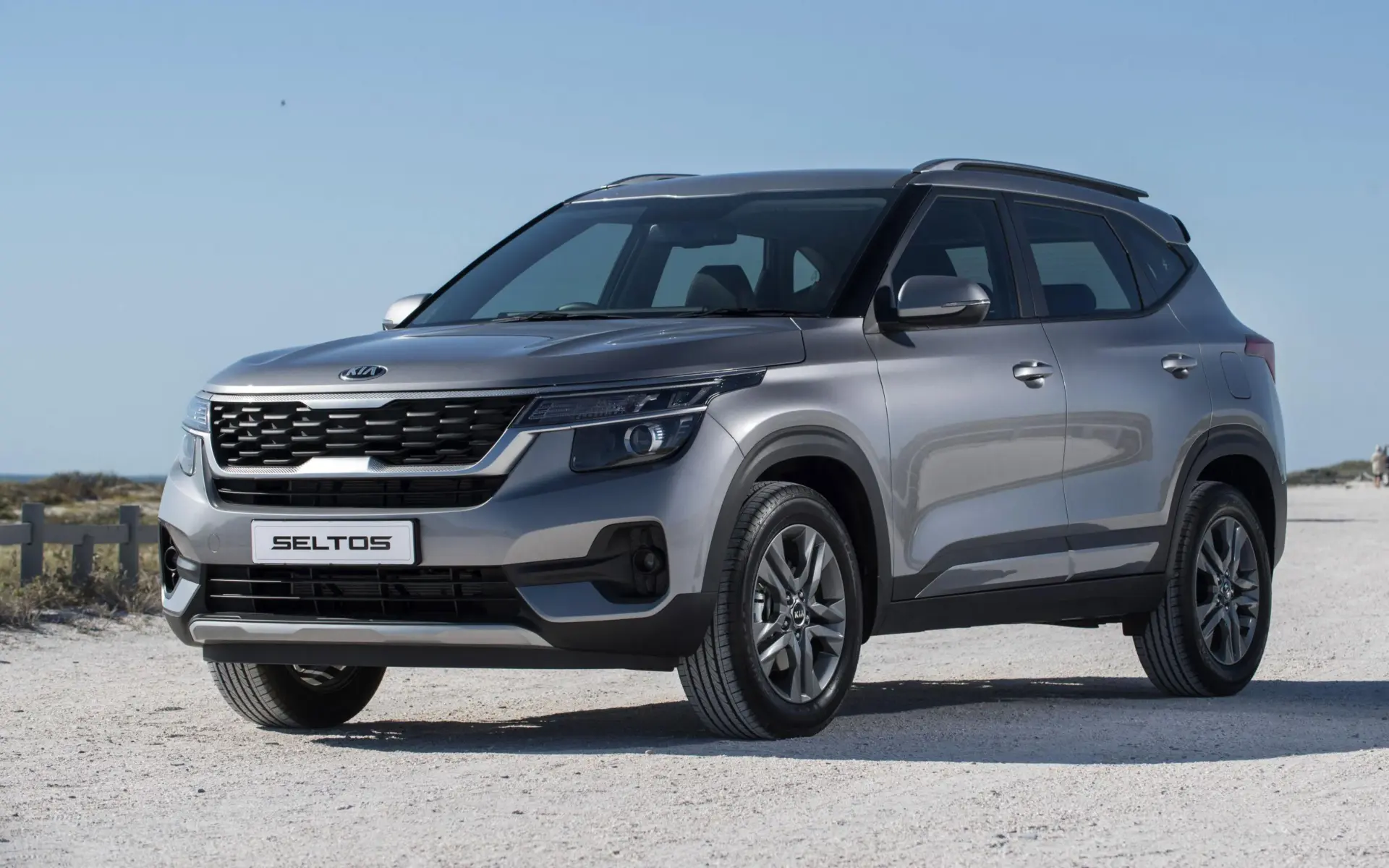Kia India is clearly on a roll. In May 2025, the carmaker posted a 14.43% year-on-year (YoY) growth in domestic vehicle dispatches, moving 22,315 units—up from 19,500 in May 2024. That’s not just a bump; it’s a strong fifth straight month of impressive sales, showing just how firmly Kia has planted its roots in the Indian market.
One big reason behind this growth? The Carens Clavis. Launched recently, it seems to have struck the right chord with Indian buyers, especially families seeking practicality without compromising on style or comfort. The timing was spot-on too—consumers are increasingly leaning towards spacious and reliable family vehicles, and the Clavis appears to have delivered exactly that.
Hardeep Singh Brar, Senior Vice President and National Head of Sales & Marketing at Kia India, put it this way: “The strong response to the Carens Clavis shows how much Indian families trust the Kia brand.” He went on to say, “With Clavis, we aim to set new standards in its segment and make it more active than ever before. Our strong sales in May reflect how well Kia’s different offerings are doing across segments.”
Brar also emphasized that this momentum is no accident. It’s a reflection of Kia’s deliberate efforts to expand its portfolio based on customer insights. “As we keep adding to our range, we stay focused on providing mobility solutions for the future that build confidence and please our customers,” he said.
And Kia isn’t slowing down. The company is gearing up to reveal a new vehicle in July—one they hint will be a bold entry into its segment. According to Kia, this model will marry environmental awareness with their signature design and technology chops. Sounds ambitious, but given their recent streak, not entirely unexpected.
Understanding Kia’s Market Position in India
When Kia first entered the Indian market, there was a healthy dose of skepticism. Could another global brand really crack the code in such a price-sensitive, crowded landscape? Fast forward a few years, and Kia has not only found its footing—it’s thriving.
Their approach has been pretty straightforward but effective: pack in the features, keep the design sharp, and price it competitively. That combination has found favor with Indian buyers, who increasingly demand more bang for their buck.
The Seltos, Sonet, and the original Carens are proof of that strategy working well. These models have consistently ranked among the top sellers in their respective categories. Beyond products, Kia’s focus on a strong dealership and service network has helped make its offerings more accessible, which is often half the battle in this market.
The Impact of the Carens Clavis
The Carens has long been a hit among families in India—practical, roomy, and generally comfortable for those long road trips or daily city grinds. So, what does the Carens Clavis bring to the table?
Well, while details on the Clavis trim are still a bit sparse, the early reception speaks volumes. “Clavis” could suggest a special edition or a higher trim level with added features—perhaps things like improved infotainment, enhanced safety tech, or subtle design tweaks. Whatever it is, buyers seem to appreciate it.
Let’s not forget, in a country where joint families are still quite common and vacation drives are a cultural staple, vehicles that can handle more passengers without cramping everyone’s style are a big win. The Carens lineup, with Clavis as its latest star, clearly understands this demand.
And honestly, it’s not just about space. Indian buyers also care—sometimes deeply—about how the car looks and feels. The fact that the Clavis is being embraced suggests that Kia is still very much in tune with what Indian consumers want right now.
Looking Ahead: Kia’s Next Step in July
Now this is where things get intriguing. Kia has teased a major new launch in July—one that promises to “disrupt” its segment. That kind of language usually isn’t just for show.
They’ve also hinted at combining sustainability with cutting-edge design and tech. So, naturally, you start wondering—EV? Hybrid? Given the way India’s auto landscape is shifting, especially with the government pushing electric mobility and buyers warming up to the idea, either option seems plausible.
What’s especially worth noting is that Kia has a history of shaking up segments. The Seltos did it. The Sonet did it too. So there’s good reason to believe this July launch could follow suit. Whether it’s with segment-first features, futuristic styling, or a clever price tag, Kia seems ready to turn heads again.
Market Dynamics and Competition
Of course, Kia isn’t operating in a vacuum. The Indian car market is fiercely competitive, with major players like Maruti Suzuki, Hyundai, Tata Motors, and Mahindra all fighting for attention and wallet share.
Each of these brands brings something unique to the table. Maruti owns affordability and reach, Tata is leaning hard into EVs, Hyundai covers almost everything well, and Mahindra dominates the rugged SUV segment.
Kia’s strength lies in straddling that middle space—the so-called “mass-premium” segment. It’s targeting consumers who want more than the basics but aren’t quite ready to go full-luxury. And it’s a sweet spot if you can get it right.
That said, customer loyalty and after-sales service matter more than ever now. Kia seems to be investing wisely in these areas, which should help it maintain momentum as competition intensifies.
Conclusion
Kia India’s performance in May 2025 is more than just a number. It reflects a company that’s listening, adapting, and staying ahead of the curve. The Carens Clavis has clearly struck a chord with families—and it’s done so not just with features, but with an overall package that feels relevant.
With a new launch coming in July, expectations are naturally high. But if past launches are anything to go by, Kia is likely to deliver something that doesn’t just join the market—it challenges it.
As the Indian auto sector pivots towards cleaner, more tech-savvy mobility, Kia’s ability to anticipate and evolve will be key. The next few months could be pivotal—not just for the company, but for what Indian consumers come to expect from their family car.



















